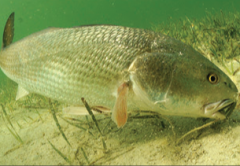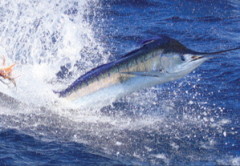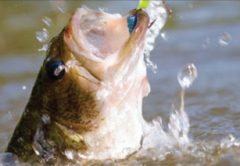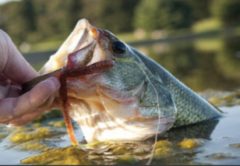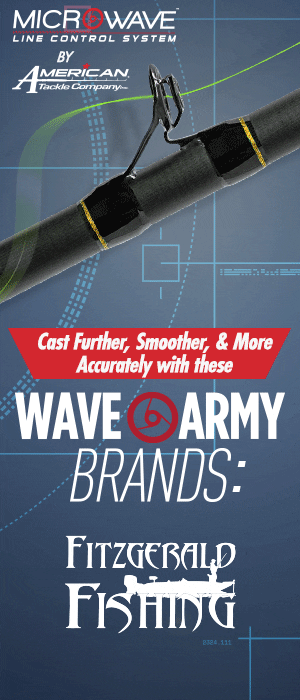As water levels on the St Johns River continue to drop, the American shad run will continue to improve as we reach the peak of the spawning run. Catching shad on ultra-light spin and fly tackle is as close as you can get to stream fishing without leaving Central Florida. Trolling, spin-casting, and fly fishing are equally effective. Shad can be caught from boats, wading, or shoreline fishing.
On the Lagoons, dropping water temperatures and water levels set the stage for some of the best sight fishing experienced all year on the flats of Mosquito Lagoon and other non-tidal estuaries. Shallow and clear water makes the fish spooky, so a stealthy approach, presentation, long and accurate cast are critical. As the sun begins to warm the water, target sandy potholes within the expansive grass flats where both redfish and sea trout lay seeking the warmth of the sun’s reflection on sand. On colder days, target deeper locations where the water is a few degrees warmer and slow down your presentation.
Some other warm water refuges are concrete structures that hold heat longer like seawalls, ramps and bridges, and deeper holes with black muck bottoms that absorb and hold heat. As the day grows longer and the flats heat up, the feeding and tailing activity of redfish and black drum improve as the shallow water warms up faster.
During the winter the primary forages on the lagoon switches from finfish to crustaceans like shrimp and crabs. So downsize, and slow down your presentation and fish with a shrimp or crab imitation baits like the D.O.A. Shrimp or Crab with a Woodie’s rattle inserted to add the element of sound. Also, February is prime black drum fishing in the Banana River Lagoon and if you’ve never seen tailing black drum, it’s worth the paddle.




